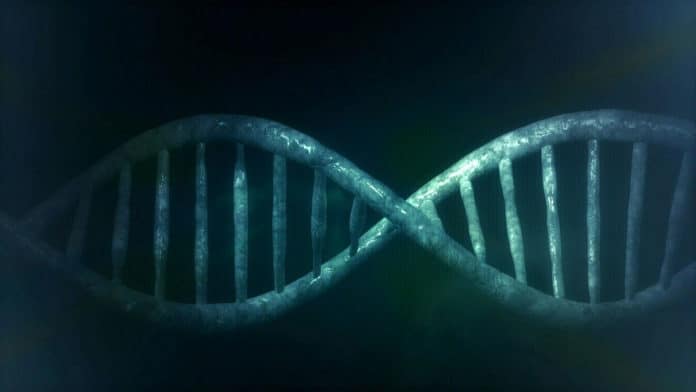Maintaining genomic integrity is essential for cell survival and the accurate delivery of genetic information during cell division. Accumulating evidence suggests that replication stress is one of the significant contributors to genomic instability in cancer cells.
Numerous DNA replication proteins protect and restart stalled replication process under stress condition, it is as yet misty how replisome proteins, contribute and communicate with those proteins to guarantee reliable DNA replication.
A new study by the UNIST scientists revealed that ATAD5 actively deals with replication stress. ATAD5 has been known as a tumor suppressor by maintaining genomic stability and suppressing tumorigenesis; it has been unclear whether the replication regulatory protein is also involved in the replication stress response.
Scientists now identified the critical mechanism of replication stress control, which is a significant reason for cancer. Ideally, this work will add to the improvement of cancer therapy.
Scientists identified that ATAD5 controls PCNA functions. PCNA is one of the main replication proteins by removing the ring-shaped PCNA from DNA to ensure a complete end of its cycling. ATAD5-depleted cells show a characteristic feature of replication stress, for example, a slow replication rate. Even though the PCNA-regulating activity of ATAD5 might be the reason for this cellular response to its depletion, the specialists conjectured that ATAD5 might have an additional role in addressing replication stress.
ATAD5 proteins assume a significant job in the DNA replication process itself, so tentatively diminishing the amount of ATAD5 in cells brings about numerous variations from the norm related to normal DNA replication. Since replication stress, additionally happens during the DNA replication, it is essential to isolate the impacts of ATAD5 deficiency on the replication stress and the general DNA replication process. To conquer this, the specialists conceived a test strategy to induce ATAD5 deficiency at the start of replication stress.
Scientists observed that when ATAD5 level is reduced, cells can’t continue DNA replication stalled by replication stress; however, it increases genome instability, for example, intracellular chromosome breakage and micronucleated reticulocytes in mouse blood.
This implies ATAD5 contributes to maintaining genomic stability by restoring DNA replication under replication stress. From there on, they conducted experiments to explain the molecular mechanism for ATAD5 restarting DNA replication. RAD51 assumes a vital role in structural changes and stability of stalled replication regions under replication stress. The specialists found that ATAD5 promotes RAD51 enlistment to stalled replication sites by direct protein-protein interaction.
Besides that, PCNA unloading by ATAD5 is a prerequisite for efficient RAD51 recruitment. It means, a series of processes starting with RAD51 hiring and leading to structural changes, breakage, and ATAD5 regulates eventual replication restart.
The study highlight that the role of ATAD5 in maintaining genome stability extends beyond its roles in PCNA unloading during normal DNA replication.
Dr. Su Hyung Park, the first author of this study, noted, “Mutations in the ATAD5 gene are frequently found in many cancer cells. This study contributes to understating the cause of tumor formation by ATAD5 mutations.”
Dr. Kyoo-young Lee, the corresponding author of this study, says, “In the future, we will examine how the internal factors cause replication stress and how the cells selectively recognize and cope with different stressors.”
The findings of this research were published in Nature Communications on December 16, 2019.
